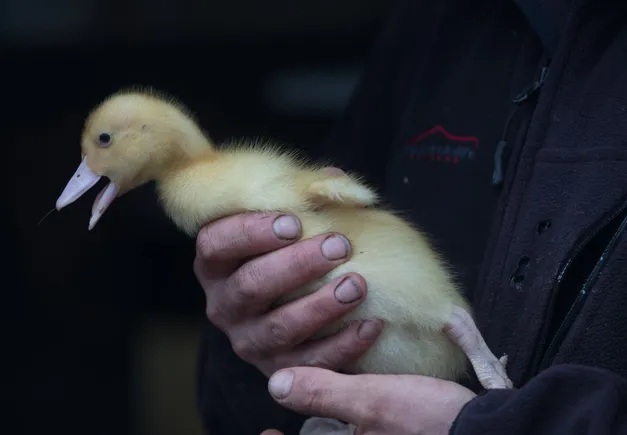Key Points:
- The United States has reported its first case of the rare avian influenza strain H5N9, sparking concerns about virus mutation.
- The H5N9 strain was discovered on a duck meat farm in California in November 2024, leading to the culling of all 119,000 birds on the premises.
- This strain was detected alongside cases of H5N1, which has been linked to a bird flu outbreak that has resulted in the deaths of over 145 million birds since 2022.
Insight:
The H5N9 strain, a genetic combination of various other strains, was first identified in China a decade ago and is now causing concern in the U.S.
Experts warn that the detection of H5N9 in the U.S. could potentially lead to the emergence of new and unpredictable viruses that could impact both animals and humans.
Research suggests that the N9 gene of the H5N9 strain is derived from the H7N9 subtype, which has previously caused fatalities in both humans and poultry in China.
While the impact of H5N9 on humans and animals is still being studied, its presence on the California farm has raised alarm due to the potential for reassortment and the creation of novel virus strains.
Bird flu outbreaks in the U.S. have escalated, with the virus even affecting cows in 2024, leading to depopulation of flocks and supply disruptions in the agricultural industry.
As a result, egg prices have surged, sparking debates on inflation and highlighting the importance of surveillance and prevention measures to mitigate the spread of avian influenza.

